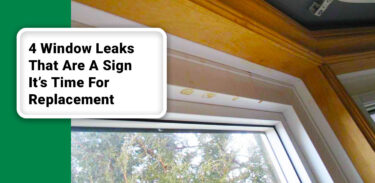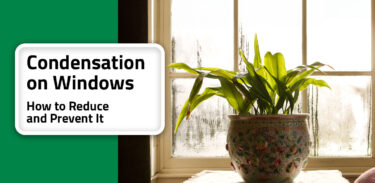

Top 3 Reasons Why To Consider Replacing Windows in Winter
Feb 1, 2017
Oct 2, 2024
7 min read
379
A lot of Canadian homeowners have reservations about undertaking home renovation projects in the winter months. And that’s understandable. It’s cold and dark most of the time. With holidays right in the middle of winter, most people would rather think about anything else than a window replacement. But replacing your windows in the winter can actually be a lot easier, cost-effective, and faster than during the summer months. Let’s see why.
What Is The Difference Between Summer and Winter Window Installation
One big misconception about winter window installation is that it is not as effective as changing your windows during the warmer months. Homeowners often fear that the sealants won’t settle properly, or insulating foam may not expand correctly in the cold temperatures. In reality, most window installers adapt to the conditions and resort to using materials that don’t lose their adhesive or expanding properties when the temperature drops significantly. As a result, it is possible to successfully install windows in temperatures as low as -20 degrees Celcius.
Another concern homeowners have with replacing their windows in the winter is that leaving the home open during the installation process can lead to significant heat and energy losses. For this reason, installation crews usually install one window at a time to ensure maximum comfort in the home.
Because the sealant materials used in winter installations tend to be more durable and weather resistant than in the summer, and because installers focus on one window at a time, window installations often tend to be more thorough and adjust better to temperature changes throughout the year. Learn more about the difference between winter and summer installation.
Replacing your windows in the winter doesn’t have any downsides compared to summer. On the opposite, you are more likely to get a better deal buying windows during the slower season.
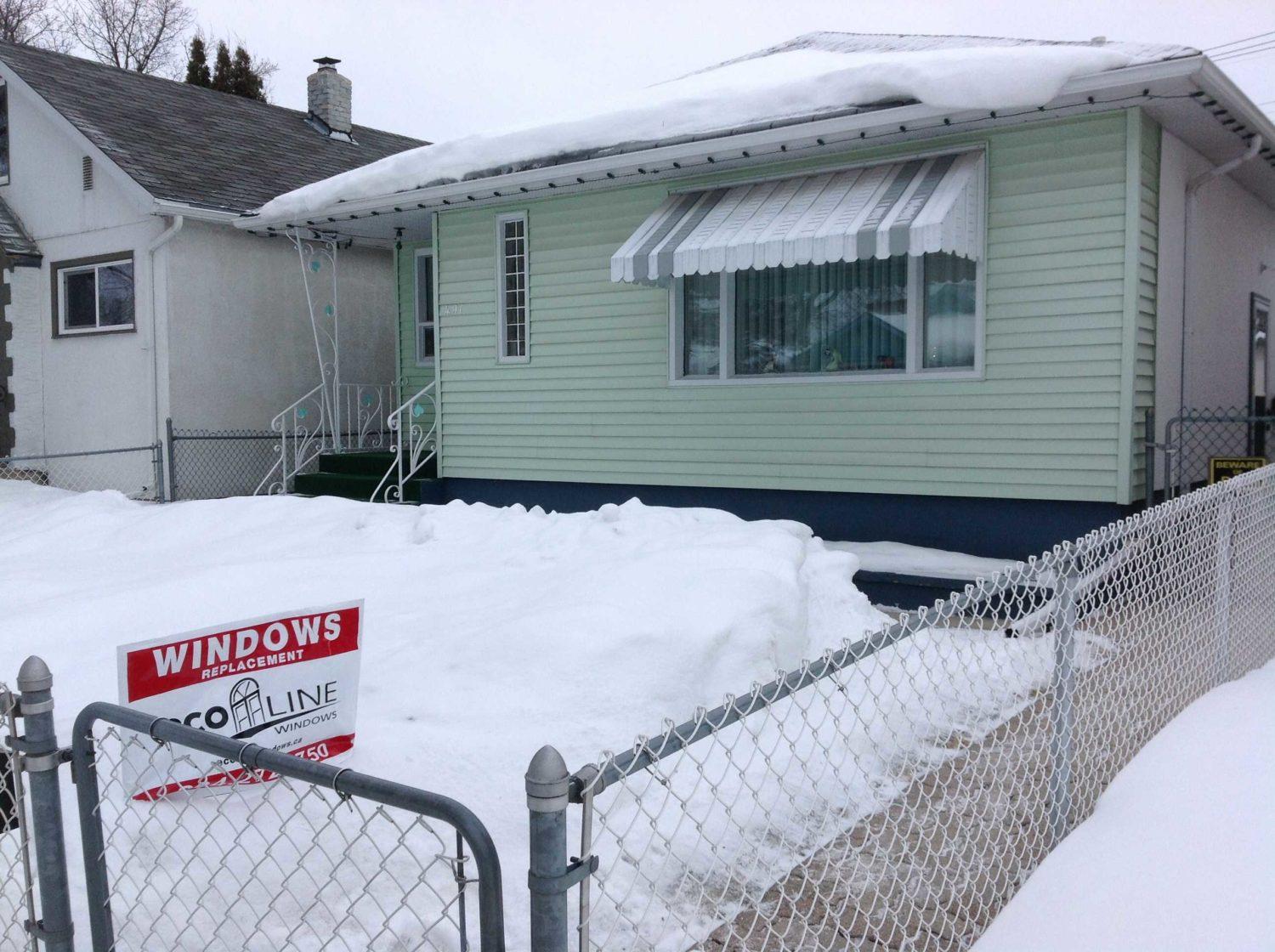
Top 3 Reasons To Replace Windows During The Winter Season:
1. Winter is the best time to discover problems with your windows
Here is a common scenario many of our prospective clients find themselves in: you have just purchased a house and are all set to move in. Should you upgrade your windows right away to improve the energy efficiency of your home and give it some curb appeal?
Unless your windows are absolutely on their last legs and are already leaking or rotting, we generally recommend you live you in your house for at least one winter before replacing your windows. Why? Because winter is the best time to identify problems with your existing windows. As materials contract in the cold weather and your windows are exposed to precipitation and other elements there is a good chance problem areas in your windows will manifest in the form of leaks and drafts. Just as you will be able to see and feel these problem areas, a project consultant will be better able to identify which windows need to be replaced and which can be repaired.
As a side note, don’t rush to replace your windows all at once. Assessing the condition of the existing units can help you budget your project over several years. It also gives you the opportunity to try a window company out before you commit to changing windows in the whole house.
2. You’re likely to get a better price on windows in the winter
It is not uncommon to see window companies running 20, 30, and 40% discounts throughout the year. But if a company has a promotion on all the time, can it really be considered a promotion? All local window companies have a peak season. This is usually a time when demand is high and there is plenty of business. In most places, this season runs throughout the summer, with especially busy times at the beginning of spring and beginning of fall. When the window company is busy and has a choice of customers, they are less likely to offer significant discounts.
That’s why a savvy consumer can benefit by shopping for windows when the demand from the consumer side is not so high and a company is more likely to lower their prices to get your business.
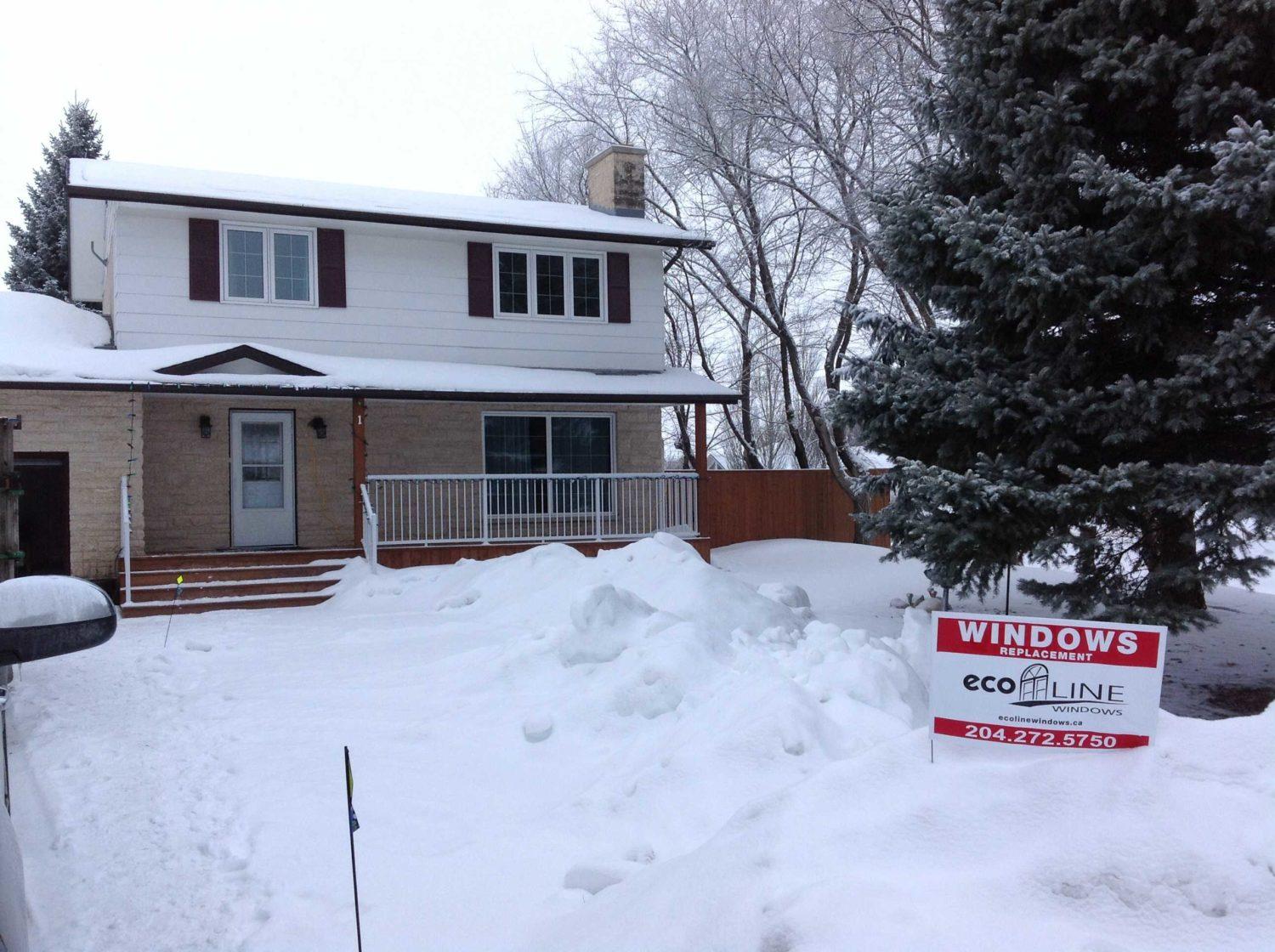
3. Buying windows in the winter gives you more flexibility with your installation dates
Another main reason to shop for replacement windows during the winter time is that you have a lot of flexibility for when the actual installation will take place. Although most companies will prefer to install them as soon as possible, they will work with you and can schedule a spring installation if you still prefer to do get the windows put in during the warm months. During the busy period in the summer, you may have very little choice and your windows will be installed as the product is manufactured, or as installation dates become available.
Planning your window installation early can help you accommodate any other projects around that date so that your windows are installed in the correct order with the rest of the renovations.
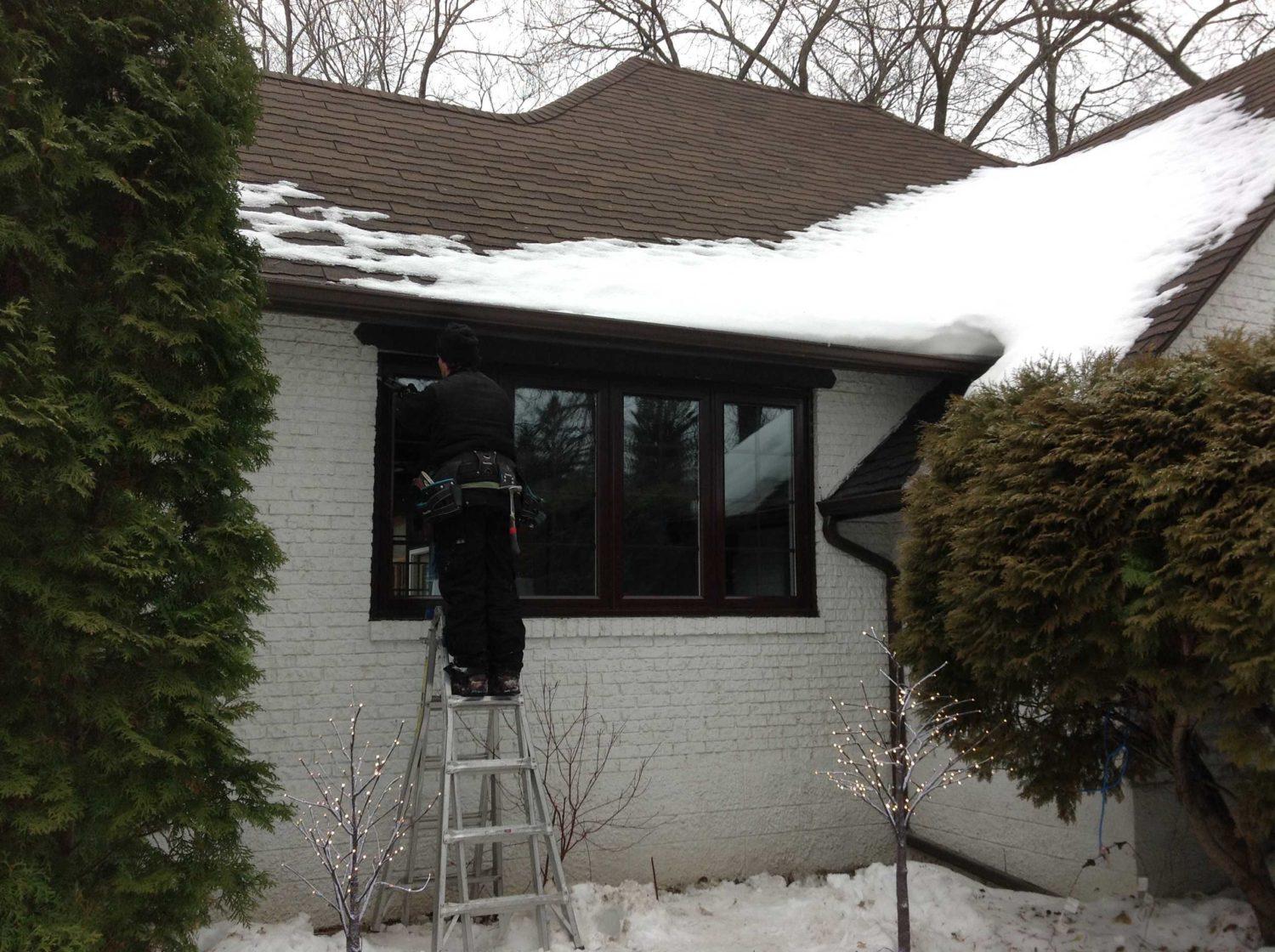
Check your windows for signs of damage
How do you know if it’s time to replace your windows, or if they can last another year or two? There are several signs you can look for to determine how badly damaged your windows are. Obviously, if you can see leaks or moisture damage around your frames it is most likely time to replace your windows, but some of these issues can often be fixed to prolong your window’s life.
- Check the caulking around the window. Broken or missing caulking will allow water and the wind to penetrate the walls and cause moisture damage and rotting over time. Caulking acts as the first line of defense against water penetration into the wall structure.
- Look for signs of worn weatherstripping. In slider and hung windows, weatherstripping is a crucial element in preventing drafts and heat loss. As the window gets older, the weatherstripping wears out and deteriorates. Most weatherstripping today is peel and stick, and you can replace it yourself.
- Check your window for sealed unit failure. A chipper or cracked glass pane may seem like a visual nuisance, but the problem may be much bigger than meets the eye. If your glass panes are put together in a sealed unit, there is a good chance there may be a gas fill between the glass panes to improve the window’s efficiency. If the glass pane is cracked, the seal in the window may be broken causing the gas to leak and your home to lose heat. It is often possible to change just the sealed unit in the window without having to replace the whole window.
And last but not least,
- Monitor air humidity in your home. Because warm air contains more moisture than cold air, it is common for windows to form condensation on the glass. If left to stand this condensation can cause mold growth on windows or be absorbed into wood window components, eventually leading to rotting. Some people resort to buying dehumidifiers for their homes, but lowering the thermostat a couple of degrees or simply ventilating the room can reduce the levels of humidity significantly.








